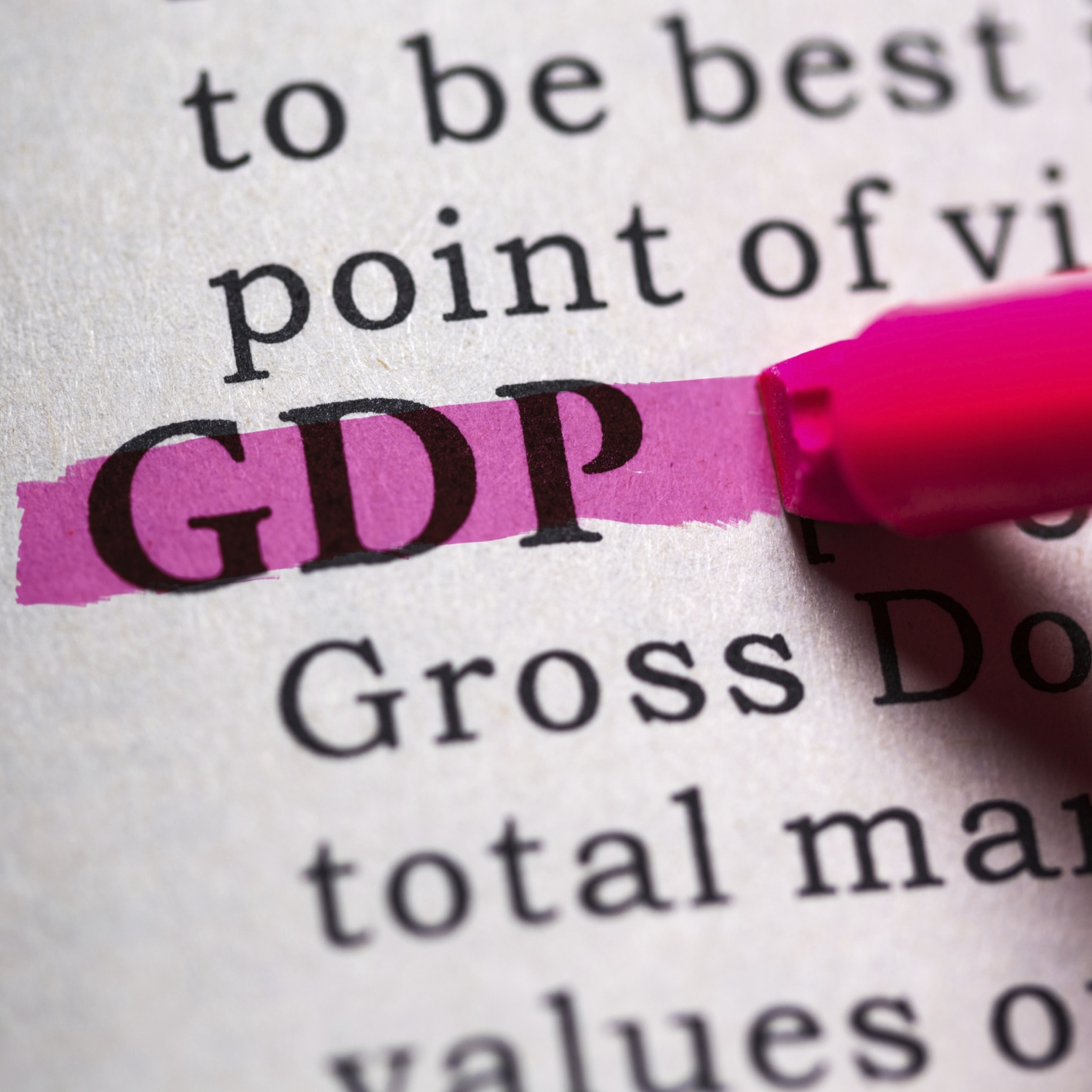
It may be the end of February, but the U.S. Department of Commerce has released its first revision for the gross domestic product (GDP) for the fourth quarter of 2017. The revision was downward and right in line with expectations. It’s also one of the numbers that might make the Federal Reserve think that it does not need to raise interest rates endlessly.
Real GDP increased at an annual rate of 2.5% in the fourth quarter of 2017, down from the preliminary report of 2.6% that was issued a month earlier. Dow Jones and Bloomberg both had consensus estimates of 2.5%. The third quarter of 2017 had GDP growth of 3.2%.
Current-dollar GDP rose by 4.9%, or by $235.9 billion, in the fourth quarter. That put annualized GDP at $19.736 trillion. In the third quarter of 2017, the measure of current-dollar GDP rose by 5.3% ($250.6 billion).
According to the Commerce Department, the second estimate for the fourth quarter shows that the general picture of economic growth remains the same. After looking through the data, there are just not that many changes that would make the revised GDP stand out much lower or much higher than what the markets saw a month earlier. The bulk of the revision was tied to a slight downward revision to private inventory investment.
The GDP price index showed a gain of 2.3%, down one-tenth of a percent from the preliminary release a month earlier. Bloomberg had its consensus estimate at 2.4%. The growth from real consumer spending was kept flat from the preliminary release at 3.8%.
The increase in real GDP reflected positive contributions from personal consumption expenditures, exports, nonresidential fixed investment, residential fixed investment, state and local government spending of your tax dollars and federal government spending. This was offset by a negative contribution from private inventory investment and from higher imports. According to the Commerce Department:
The deceleration in real GDP growth in the fourth quarter reflected a downturn in private inventory investment that was partly offset by accelerations in PCE, exports, state and local government spending, nonresidential fixed investment, and federal government spending, and an upturn in residential fixed investment. Imports, which are a subtraction in the calculation of GDP, turned up.
For non-economists, here are the numbers that the public should keep in their notes going forward for 2017 as a whole:
- Current-dollar GDP for all of 2017 increased 4.1%, or $761.7 billion, in 2017 to a level of $19.3862 trillion. That compares with 2.8%, or $503.8 billion, in 2016.
- The price index for gross domestic purchases for all of 2017 increased by 1.8%, versus a gain of 1.0% in 2016.
- The PCE price index increased by 1.7% in all of 2017, versus 1.2% in 2016.
- The core PCE price index, excluding food and energy, rose by 1.5% for all of 2017. It was 1.8% in 2016.
- Real GDP rose by 2.5% in all of 2017, versus 1.8% for all of 2016.
- The price index for gross domestic purchases increased by 1.9% during 2017, versus 1.4% in all of 2016.
Credit card companies are handing out rewards and benefits to win the best customers. A good cash back card can be worth thousands of dollars a year in free money, not to mention other perks like travel, insurance, and access to fancy lounges. See our top picks for the best credit cards today. You won’t want to miss some of these offers.
Flywheel Publishing has partnered with CardRatings for our coverage of credit card products. Flywheel Publishing and CardRatings may receive a commission from card issuers.
Thank you for reading! Have some feedback for us?
Contact the 24/7 Wall St. editorial team.


